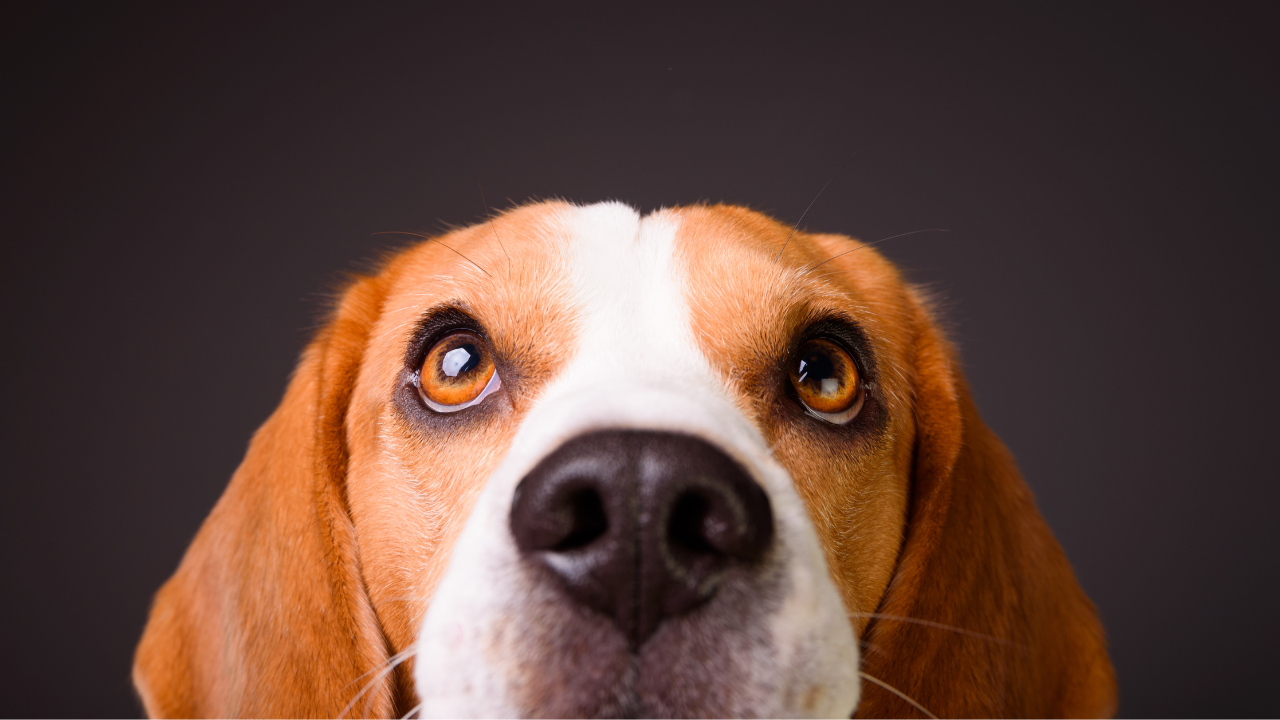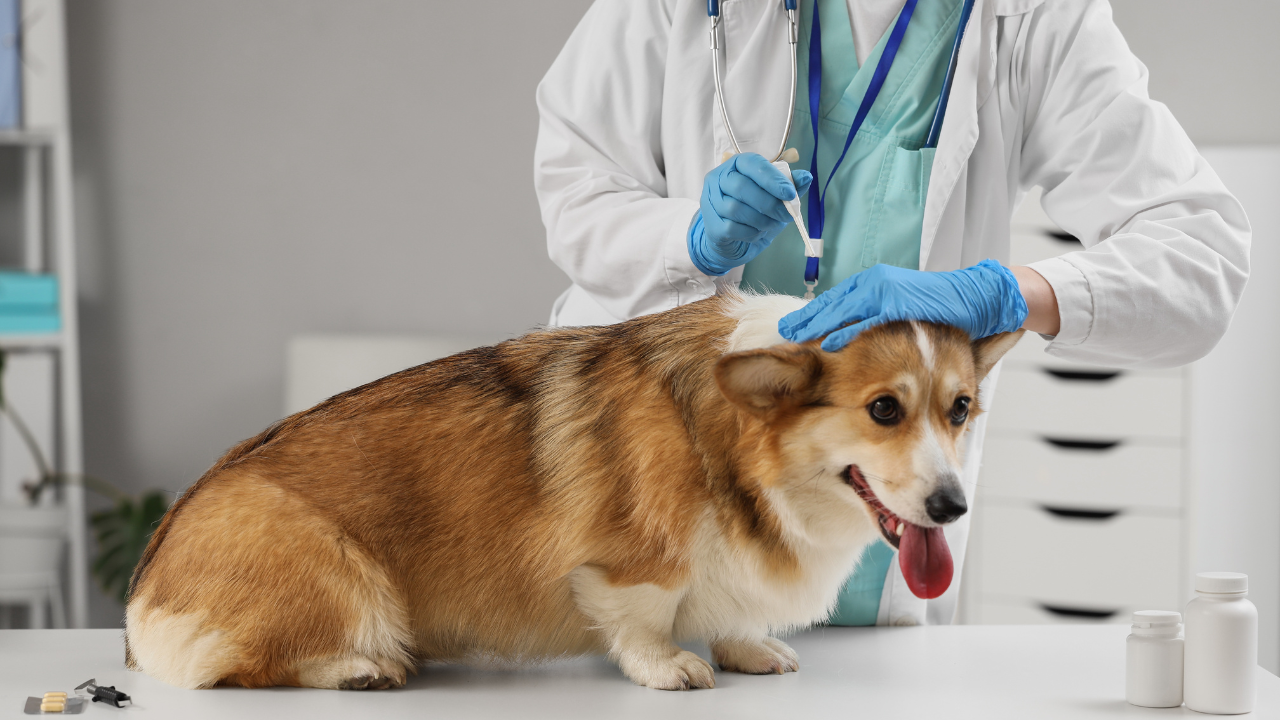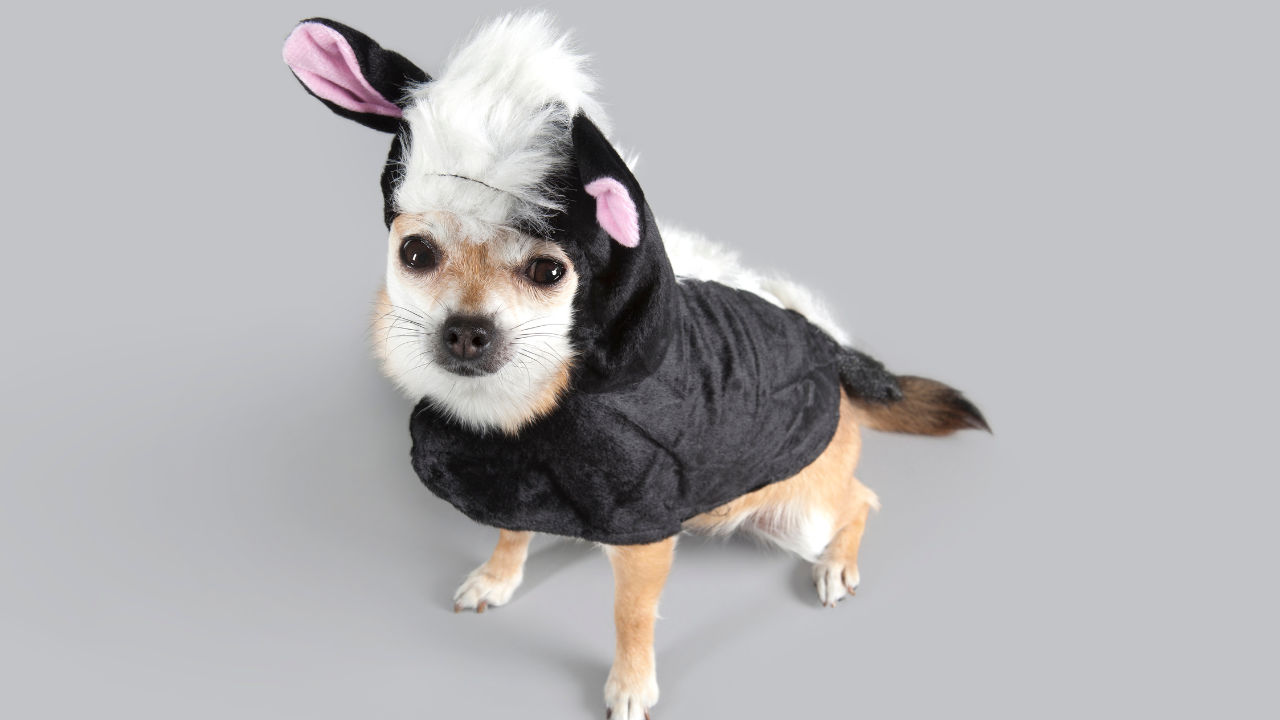How to Treat Dry Skin on Dogs: A Complete Guide

Is your dog constantly licking, biting, or scratching their skin? Flaky patches, redness, or dandruff-like flakes might be a sign that your dog has dry skin. Just like humans, dogs can suffer from skin issues that cause discomfort and irritation. Dry skin in dogs is more common than you think, and while it may seem minor, it can lead to serious complications if not addressed early.
Knowing the signs, causes, and treatments for this condition is essential for every pet parent. Whether it’s the cold winter air, harsh grooming products, or hidden allergies, your dog deserves relief. In this guide, we’ll explore how to identify dry skin, what triggers it, and how to treat dry skin in dogs with effective treatments.
Let’s dive in and give your furry friend the healthy skin they deserve.
What Causes Dry Skin in Dogs?
Before you can find a cure for dry skin in dogs, it's important to understand the root causes. Several environmental and internal factors can contribute to dry skin, including:
Weather Changes
Cold, dry air can zap the moisture from your dog’s skin. In winter, indoor heating only makes things worse. This seasonal shift often leads to itchy, flaky skin.
Poor Nutrition
If your dog lacks essential fatty acids, especially omega-3s, their skin will likely become dry. A low-quality diet can fail to provide nutrients needed for healthy skin and a glossy coat.
Allergies
Environmental triggers like pollen, dust, or mold often result in dry skin in dogs. Food allergies or sensitivities to grooming products may also be culprits.
Parasites
Fleas, ticks, and mange mites can irritate the skin and cause dryness. If your dog has persistent itching or red spots, parasites may be to blame.
Frequent or Harsh Bathing
Overbathing your pet or using the wrong shampoo strips the skin of its natural oils. Always use a vet-approved or hypoallergenic formula.
Medical Conditions
Health problems like hypothyroidism, Cushing’s disease, or bacterial infections can result in dogs having dry skin symptoms. These issues require veterinary care.
Signs and Symptoms When Your Dog Has Dry Skin
Recognizing the symptoms early can help you start a dog's dry skin treatment before it becomes severe. Here are the most common signs:
- Itching or scratching
- Flaky or scaly skin
- Red or inflamed patches
- Dull or brittle coat
- Shedding or hair loss
- Scabs or bumps
- Bad odor from skin
- Licking or chewing paws or body
If your dog exhibits more than one of these signs, it’s time to explore treatment options.
How to Treat Dry Skin on Dogs in 5 Easy Steps
Dry, flaky skin can make your dog feel itchy, irritated, and uncomfortable, but don’t worry. Treating a dog's dry skin doesn’t have to be complicated. With the right steps, you can restore your dog’s skin health and help them feel their best. Here’s how to treat dry skin on dogs in 5 easy, effective steps.
Step 1: Visit Your Vet to Identify the Cause
Before starting any dog dry skin treatment, it’s important to understand what’s triggering the problem. Dog dry skin could be caused by:
- Allergies
- Parasites (like fleas or mites)
- Nutritional deficiencies
- Underlying conditions (e.g., hypothyroidism or infections)
Your vet can run diagnostic tests if needed and suggest specific treatments or supplements. Skipping this step may lead to treating symptoms instead of the root issue.
Step 2: Switch to a Skin-Friendly Diet
Nutrition plays a major role in maintaining healthy skin and coat. A poor diet often leads to dull fur and flaky skin. Look for dog foods that contain:
- Omega-3 and omega-6 fatty acids
- Vitamin E and zinc
- High-quality protein sources
You can also add supplements like fish oil or coconut oil (in proper doses) to your dog’s meals to naturally improve skin hydration. Always introduce new food or supplements gradually and consult your vet for dosage.
Step 3: Improve Bathing and Grooming
Use gentle, moisturizing shampoos made for sensitive skin. Limit baths to once every 3–4 weeks unless necessary. Always dry your dog after bathing completely and follow with a hydrating spray or leave-in conditioner.
Step 4: Moisturize the Skin Naturally
You don’t need fancy products to restore skin moisture. Several natural and pet-safe options work wonders:
- Coconut oil: Apply directly to dry areas or mix a small amount into food
- Aloe vera gel: Soothes itchy spots (ensure it's 100% pure and pet-safe)
- Humidifier: Helps during dry seasons by adding moisture to the air
- Dog-safe balms: For dry paw pads, noses and elbows
Keep treatments consistent, and moisture must be maintained, not just applied once.
Step 5: Keep Parasites Away
Use vet-approved flea and tick preventatives. Keeping parasites away ensures your dog’s skin heals without constant scratching or reinfection.
How To Prevent Dry Skin on Dogs
Prevention is always better than cure. With a few simple steps, you can stop dry skin before it starts:
Brush Regularly
Regularly brushing removes dead skin cells, distributes natural oils, and keeps the coat healthy. Aim to brush 2–3 times a week based on breed and coat type.
Avoid Over-Bathing
Bathe only when necessary and always use gentle products. Avoid using human shampoo, even baby shampoo, as it disrupts your dog’s pH balance.
Feed a Balanced Diet
Choose high-quality food with real meat, whole grains, and healthy fats. Avoid fillers and artificial ingredients. Add supplements if needed.
Use a Humidifier
During winter or dry months, a humidifier helps keep moisture in the air and in your dog’s skin.
Keep Your Dog Hydrated
Always provide fresh water. Dehydration leads to dry skin. You can also offer dog-safe bone broth as a hydration booster.
Schedule Regular Vet Visits
Annual or bi-annual checkups help detect early signs of skin or internal issues. Early treatment prevents chronic dryness.
Learn the Cure for Dry Skin on Dogs with PDGA Like a Pro
Do you want to give your dog the very best in skin and coat care? Or maybe you’ve dreamed of turning your love for dogs into a professional grooming career?
The Professional Dog Grooming Academy (PDGA) is here to help you make that happen!
Our certified grooming courses are designed for both passionate pet parents and aspiring dog groomers. With PDGA, you’ll dive into hands-on training that covers everything you need to master the art of healthy skin and coat care, including:
- Skin and coat anatomy
- Safe, effective grooming techniques
- Product knowledge
- Early detection
By the end of your training, you’ll be confident, capable, and ready to provide the expert-level care every dog deserves. Whether it’s for your own pup or a future in pet grooming, PDGA gives you the tools to succeed.
Conclusion
Dry skin in dogs may seem like a minor issue, but it can impact your dog’s happiness and health in a big way. Whether caused by weather, diet, or allergies, it’s treatable and, in many cases, preventable. If you're wondering how to treat dry skin on dogs, the key is using the right approach, including dietary adjustments, gentle grooming, and regular vet care.
Remember, your dog counts on you for comfort. A little attention goes a long way in keeping their skin soft, hydrated, and itch-free.



